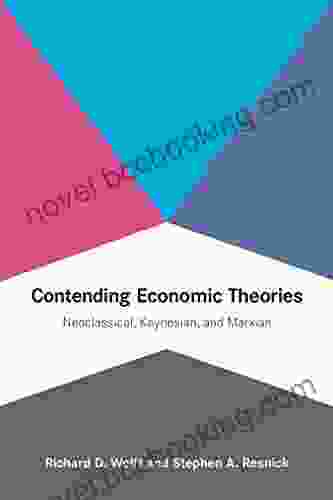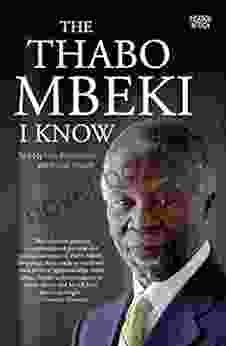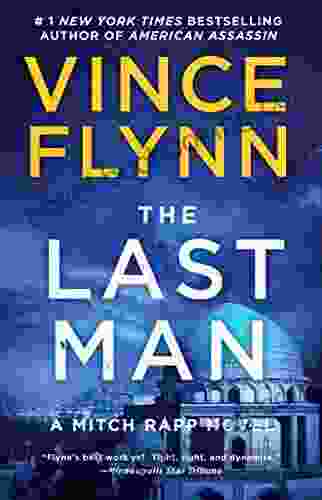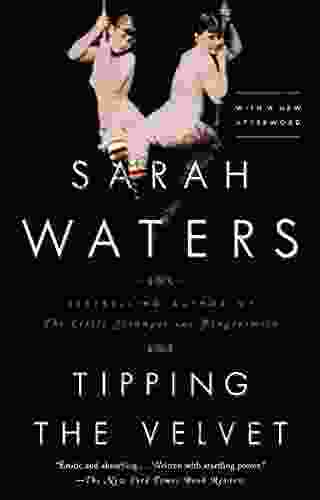Contending Economic Theories: Neoclassical, Keynesian, and Marxian

Welcome to the intriguing realm of economic theories, where intellectual titans have grappled with the enigmatic nature of our economic systems. In this comprehensive exposition, we embark on a journey to explore three towering economic theories: Neoclassical, Keynesian, and Marxian. Each theory presents a distinct lens through which we perceive economic phenomena, offering unique insights and policy prescriptions. Together, they form a formidable trio that has shaped our understanding of economic systems and continues to influence policy debates today.
4.7 out of 5
| Language | : | English |
| File size | : | 2807 KB |
| Text-to-Speech | : | Enabled |
| Screen Reader | : | Supported |
| Enhanced typesetting | : | Enabled |
| Word Wise | : | Enabled |
| Print length | : | 425 pages |
Neoclassical Theory: The Invisible Hand
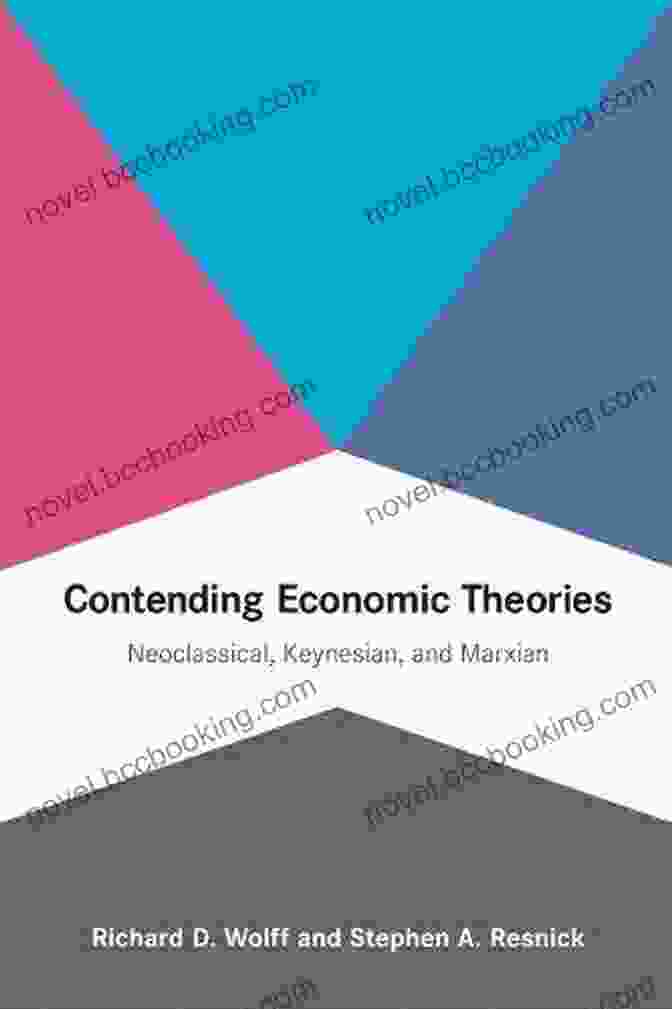
The Neoclassical theory, rooted in the works of Adam Smith and other classical economists, posits that markets are self-regulating entities guided by the "invisible hand." This invisible hand, driven by individual self-interest, leads to an optimal allocation of resources, resulting in maximum economic efficiency. Neoclassical economists emphasize the importance of free markets, where supply and demand interact to establish equilibrium prices and quantities. They advocate for minimal government intervention, believing that market forces are inherently capable of self-correction.
Strengths:
- Rigorous and Analytical: The Neoclassical theory employs sophisticated mathematical models to analyze economic behavior.
- Emphasis on Efficiency: It underscores the importance of allocating resources efficiently to maximize societal well-being.
- Microeconomic Focus: Neoclassical theory primarily examines the behavior of individual agents, such as consumers and producers.
Limitations:
- Assumptions of Rationality: The theory assumes that economic agents are rational and self-interested, which may not always be realistic.
- Ignores Imperfect Markets: It tends to overlook the existence of market imperfections, such as monopolies and externalities.
- Limited Focus on Macroeconomic Issues: Neoclassical theory primarily focuses on microeconomic analysis, with limited attention to macroeconomic dynamics.
Keynesian Theory: The Power of Demand
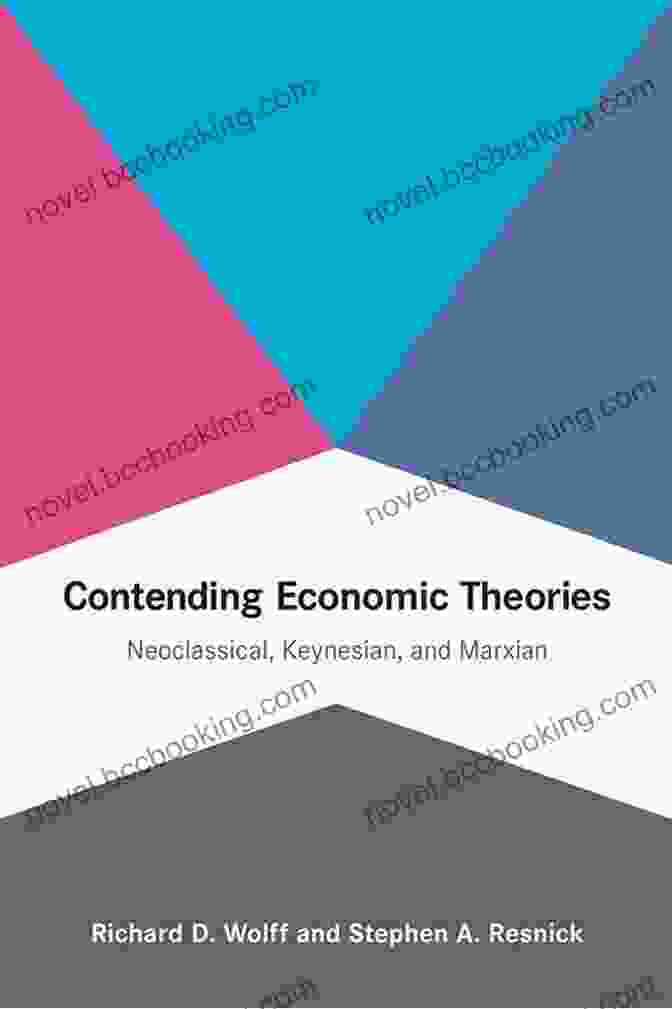
The Keynesian theory, formulated by John Maynard Keynes, stands in contrast to Neoclassical theory. Keynes argued that markets are not always self-regulating and that government intervention is necessary to stimulate economic activity during downturns. He emphasized the role of aggregate demand, or the total spending in an economy, as the primary driver of economic growth. During recessions, Keynesian economists advocate for increased government spending or tax cuts to boost demand and counteract economic decline.
Strengths:
- Focus on Aggregate Demand: Keynesian theory highlights the importance of stimulating demand during economic downturns.
- Recognition of Market Failures: It acknowledges the existence of market imperfections and the need for government intervention to address them.
- Macroeconomic Perspective: Keynesian theory places a strong emphasis on macroeconomic analysis and the role of government fiscal policy.
Limitations:
- Potential for Inflation: Expansionary fiscal policies may lead to inflation if not carefully managed.
- Limited Long-Term Effectiveness: Keynesian policies may provide short-term stimulus but may become less effective over the long run.
- Crowding Out Effect: Government spending can potentially crowd out private investment, reducing economic efficiency.
Marxian Theory: The Struggle for Surplus
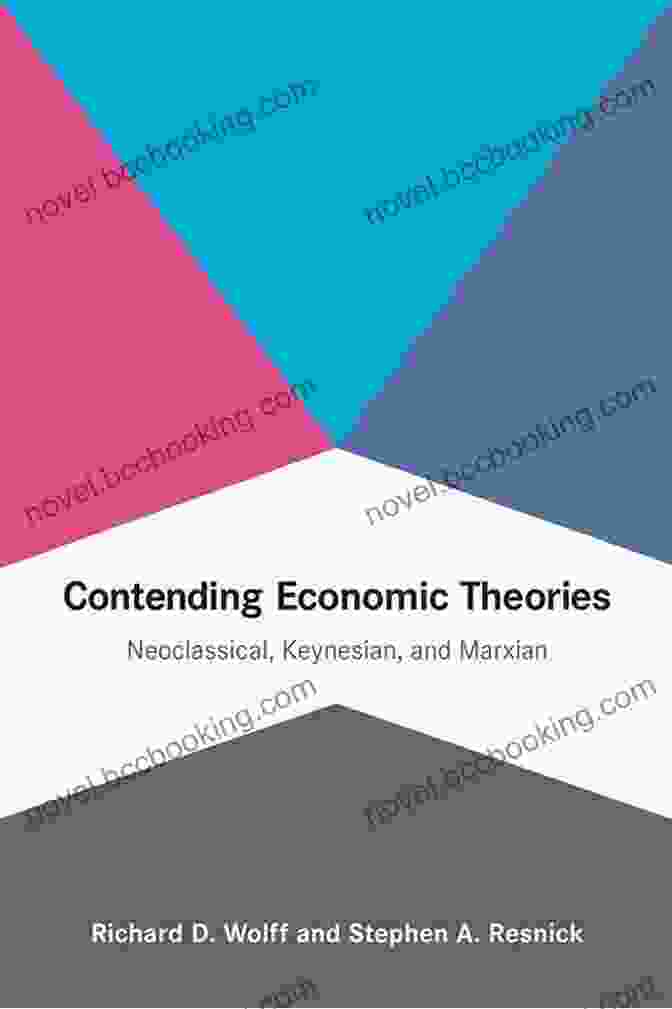
The Marxian theory, derived from the works of Karl Marx, presents a radically different perspective on economic systems. Marx viewed capitalism as a system inherently prone to exploitation and inequality. He argued that the value of goods and services is determined by the labor required to produce them and that surplus value, the difference between the value of labor and the wages paid to workers, is appropriated by the capitalist class. Marx predicted that the inherent contradictions of capitalism would ultimately lead to its downfall.
Strengths:
- Focus on Labor: Marxian theory emphasizes the central role of labor in creating economic value.
- Critique of Capitalism: It exposes the underlying inequalities and contradictions within capitalist systems.
- Historical Perspective: Marxian theory provides a historical lens for understanding the evolution of economic systems.
Limitations:
- Ideological Bias: Marxian theory has been criticized for being overly ideological and lacking empirical support.
- Difficulty in Practical Application: Its vision of a classless society has proven challenging to implement in reality.
- Overemphasis on Conflict: Marxian theory places excessive emphasis on class conflict, potentially overlooking other factors that shape economic systems.
In the realm of economic theories, Neoclassical, Keynesian, and Marxian frameworks stand as towering giants, providing distinct and often contrasting perspectives on economic phenomena. Neoclassical theory emphasizes the power of markets and minimal government intervention, while Keynesian theory highlights the importance of aggregate demand and government stimulus. Marxian theory, on the other hand, offers a critique of capitalism and exposes the inherent contradictions within the system.
Understanding these theories is crucial for navigating the complexities of our economic landscape. Each theory has its strengths and limitations, and the choice of appropriate policy prescriptions depends on the specific economic context. By delving into the depths of these intellectual giants, we can gain invaluable insights into the workings of our economic systems and make informed decisions about their future trajectory.
4.7 out of 5
| Language | : | English |
| File size | : | 2807 KB |
| Text-to-Speech | : | Enabled |
| Screen Reader | : | Supported |
| Enhanced typesetting | : | Enabled |
| Word Wise | : | Enabled |
| Print length | : | 425 pages |
Do you want to contribute by writing guest posts on this blog?
Please contact us and send us a resume of previous articles that you have written.
 Book
Book Novel
Novel Page
Page Chapter
Chapter Text
Text Story
Story Genre
Genre Reader
Reader Library
Library Paperback
Paperback E-book
E-book Magazine
Magazine Newspaper
Newspaper Paragraph
Paragraph Sentence
Sentence Bookmark
Bookmark Shelf
Shelf Glossary
Glossary Bibliography
Bibliography Foreword
Foreword Preface
Preface Synopsis
Synopsis Annotation
Annotation Footnote
Footnote Manuscript
Manuscript Scroll
Scroll Codex
Codex Tome
Tome Bestseller
Bestseller Classics
Classics Library card
Library card Narrative
Narrative Biography
Biography Autobiography
Autobiography Memoir
Memoir Reference
Reference Encyclopedia
Encyclopedia William G Gale
William G Gale Ridge Magee
Ridge Magee Sally Larsen
Sally Larsen Thao Te
Thao Te Sarah Moudry
Sarah Moudry Rosalind Wiseman
Rosalind Wiseman Ishii Takayuki
Ishii Takayuki Randy Thompson
Randy Thompson Serena Williams
Serena Williams Vince Flynn
Vince Flynn Rebecca Carroll
Rebecca Carroll Sarah Rayner
Sarah Rayner S H Jucha
S H Jucha Randy Olson
Randy Olson Sally Black
Sally Black Susan M Walcott
Susan M Walcott Tod Benoit
Tod Benoit Ryan Jacobs
Ryan Jacobs Sarah Fragoso
Sarah Fragoso Tadahiko Mizuno
Tadahiko Mizuno
Light bulbAdvertise smarter! Our strategic ad space ensures maximum exposure. Reserve your spot today!

 Christopher WoodsUnlock the Secrets of a Legendary Life: Dive into "The Autobiography and...
Christopher WoodsUnlock the Secrets of a Legendary Life: Dive into "The Autobiography and...
 J.R.R. TolkienThe Ships Relationships Leadership And Partnerships Book: The Ultimate Guide...
J.R.R. TolkienThe Ships Relationships Leadership And Partnerships Book: The Ultimate Guide... Ruben CoxFollow ·13k
Ruben CoxFollow ·13k Albert ReedFollow ·18.4k
Albert ReedFollow ·18.4k Raymond ChandlerFollow ·13.5k
Raymond ChandlerFollow ·13.5k Jorge AmadoFollow ·15k
Jorge AmadoFollow ·15k Milan KunderaFollow ·12.6k
Milan KunderaFollow ·12.6k Matthew WardFollow ·4.1k
Matthew WardFollow ·4.1k John Dos PassosFollow ·16.4k
John Dos PassosFollow ·16.4k T.S. EliotFollow ·15.1k
T.S. EliotFollow ·15.1k

 Steven Hayes
Steven HayesEmbark on Unforgettable Adventures: Discover the Best of...
Unveiling the Enchanting Trails of the...

 Jarrett Blair
Jarrett BlairMaster the Road: Ace Your North Carolina Driver's Test...
Unlock the Secrets to...
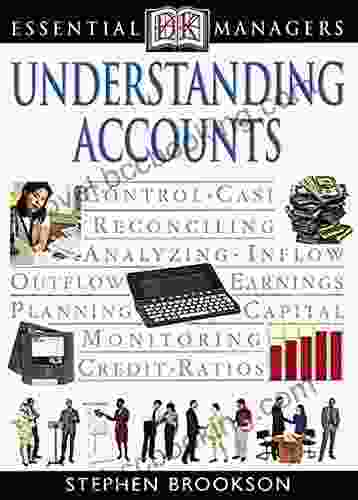
 Brent Foster
Brent FosterDk Essential Managers Understanding Accounts: Your...
In today's...

 Isaac Mitchell
Isaac MitchellPrognosis: A Memoir of My Brain - A Journey of Hope and...
In 2013, Eve Ensler was diagnosed with a...
4.7 out of 5
| Language | : | English |
| File size | : | 2807 KB |
| Text-to-Speech | : | Enabled |
| Screen Reader | : | Supported |
| Enhanced typesetting | : | Enabled |
| Word Wise | : | Enabled |
| Print length | : | 425 pages |


